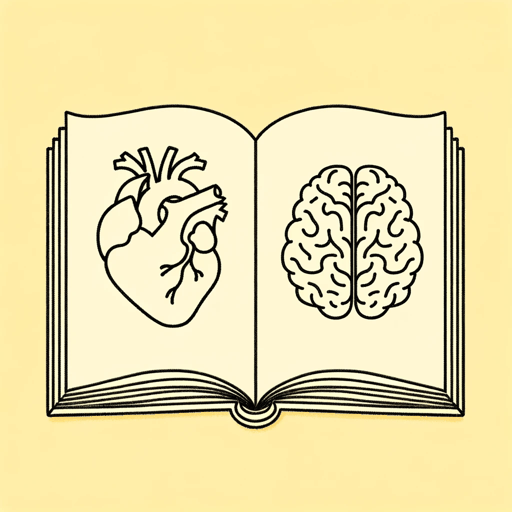63 pages • 2 hours read
Julie SmithWhy Has Nobody Told Me This Before?
Nonfiction | Book | Adult | Published in 2022A modern alternative to SparkNotes and CliffsNotes, SuperSummary offers high-quality Study Guides with detailed chapter summaries and analysis of major themes, characters, and more.
Part 7Chapter Summaries & Analyses
Part 7: “On Stress”
Part 7, Chapter 27 Summary: “Distinguishing Stress from Anxiety”
“Stress” and “anxiety” are two commonly used terms that are often conflated. While many use these words interchangeably, they describe distinct experiences. Stress is a reaction to external demands and is constructed through the brain’s emotional mechanisms. When the internal physiological state aligns with external demands, it’s typically interpreted as a positive feeling, as when athletes feel energized before a sports competition. However, if there’s a mismatch, like being overly anxious during an exam, it’s perceived negatively, often signaling an inability to cope with current challenges.
On the other hand, anxiety is linked to feelings of fear and excessive worry. The underlying mechanisms of stress and anxiety are similar, but the situations that trigger them and the interpretations of those sensations differ. A noise in the night might trigger a stress response, but the ensuing feelings might be more aptly described as fear or anxiety due to the perceived immediate threat.
The body’s stress response is versatile. It can manifest as a fight-or-flight reaction to immediate dangers or as a more controlled “challenge” response to non-immediate stressful situations. There’s also “anticipatory stress,” which arises when predicting future stressful events, such as an upcoming interview.
At its core, stress prepares the body for action.

